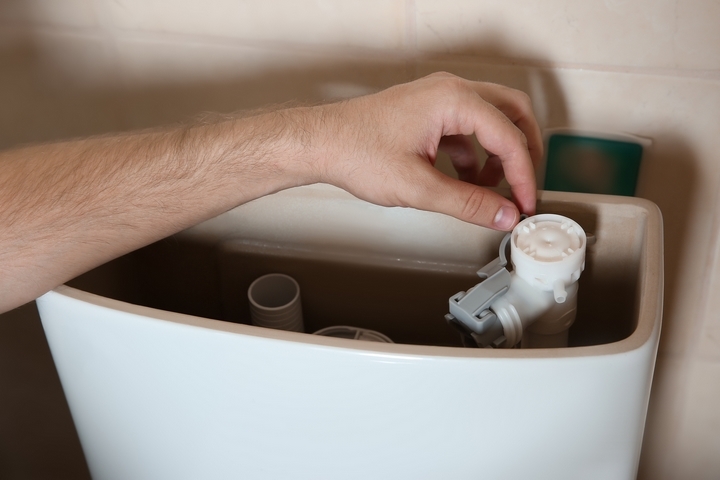A blocked toilet is an issue. It’s a common one but left unmanaged. It can be recurring and potentially cause significant damage to a property’s plumbing. With a toilet that gets routinely blocked, there’s always a risk of the water overflowing onto the bathroom floor and the stress accompanying what can be expensive plumbing fixes.
The moment you know your toilet is blocked, have it inspected by a plumber Oshawa. Here is how to tell if your toilet is blocked.
1. Your Toilet Is Overflowing
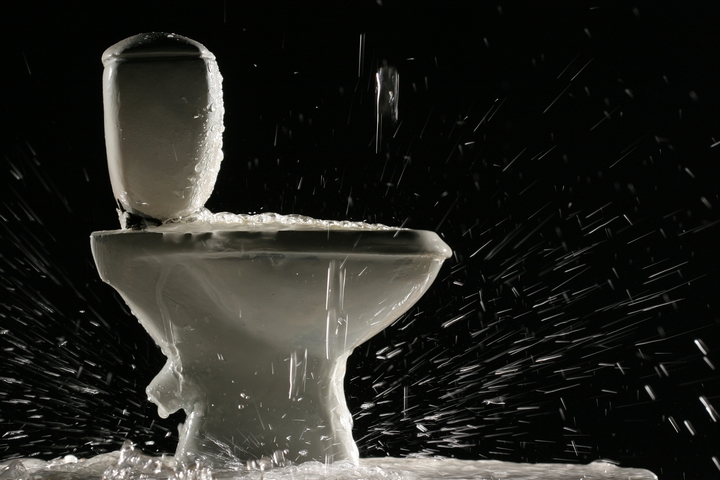
A toilet empties its contents simultaneously that water is coming in. When the contents aren’t being emptied out or if the toilet’s not being emptied quickly enough, that causes an overflow. This can often stem from a blocked toilet but can also occur when the tank overflows due to an improperly adjusted float or a blocked vent pipe.
When a toilet is overflowing or when the water’s starting to rise in the toilet, one must act quickly to stop the flow of water and clear the blockage with a plunger.
2. The Water Does Not Flush Properly
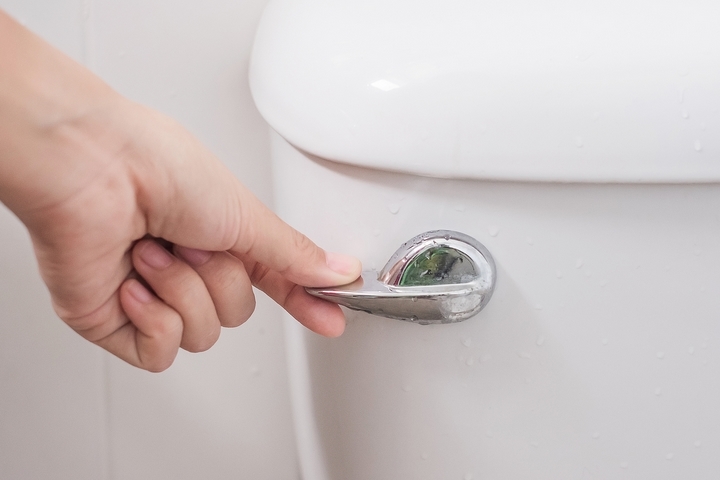
If you notice a change in how your water is flushing or have to flush multiple times to get the complete bowl of water out and into your plumbing, it’s a sign there’s a blockage somewhere along the pipe. This type of blockage is usually non-severe and can often be cleared with a plunger or toilet auger.
If it’s a recurring issue, the problem may be further down the sewer line than what’s clearable with a plunger and requires an inspection.
3. Non-Flushable Items
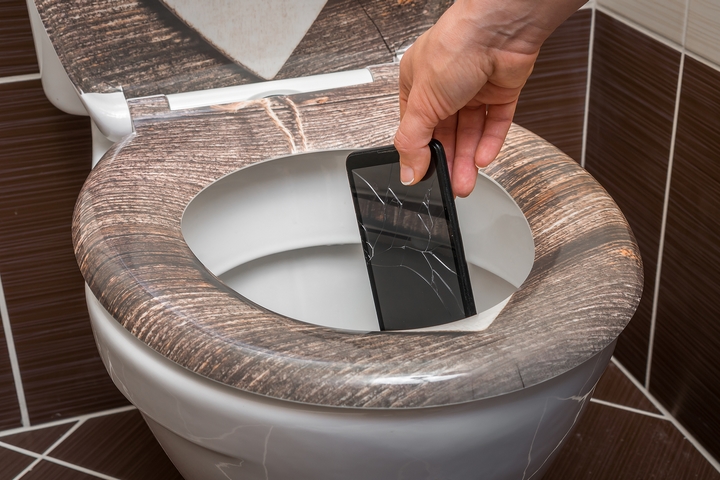
Sometimes, homeowners make mistakes. They flush items they believe are flushable only to discover they aren’t. You may have young children who have flushed items they shouldn’t have. If you notice any of the other signs on this list and know that recently, there were non-flushable items flushed, you can probably bet that your toilet’s blocked from it.
A mass caught in the toilet trap will only continue clogging the toilet as things catch on it. You will have to hire a plumber to remove what’s there.
4. Blocked Toilet Trap
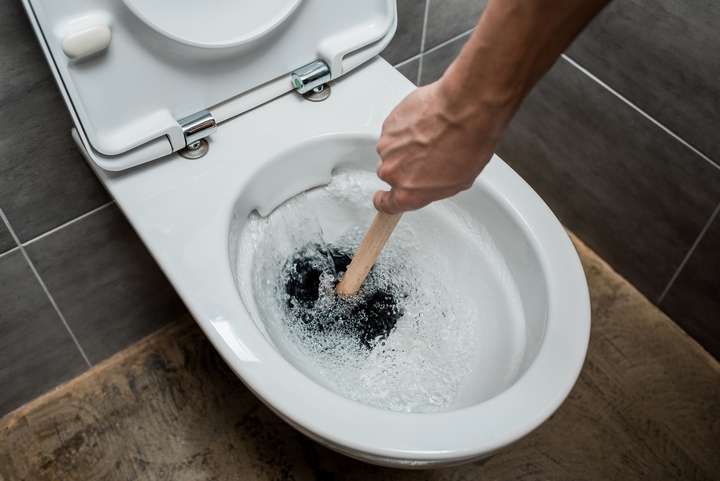
Regarding a blocked toilet trap, if you’re sure there’s a mass down there like a toy or a relatively hard object that isn’t going to absorb water, break apart, and flow down easily, don’t use a plunger. A plunger could loosen the object from the toilet trap and push it down the line.
However, it’s not entirely uncommon for blockages to occur further down. These are more expensive to fix and will certainly necessitate the involvement of a professional. If you think an object’s there, retrieve it.
5. Toilet Gurgling
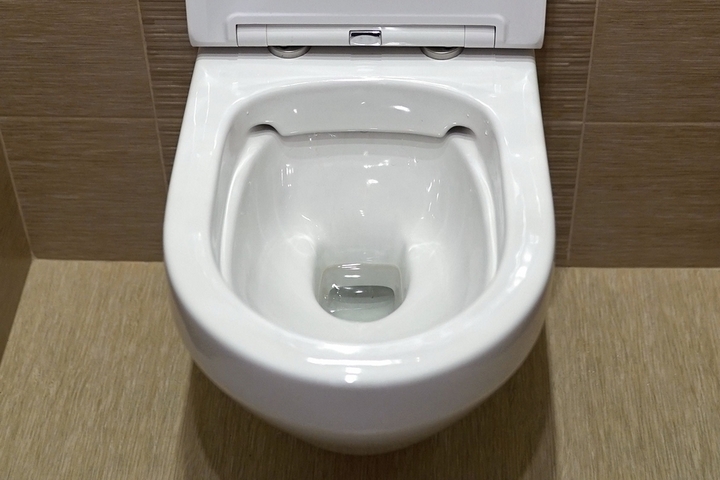
With some clogged toilets, you may flush it and hear gurgling further down the line. You might even hear the gurgling coming from the shower or bathtub drain. Almost always, gurgling is evidence there is a blocked line somewhere. This comes from the negative air pressure that a clog creates.
Air would normally flow through the line. With a blockage, the air pushes back and from that comes the gurgling sound.
6. Washing Machine & Drain Problems
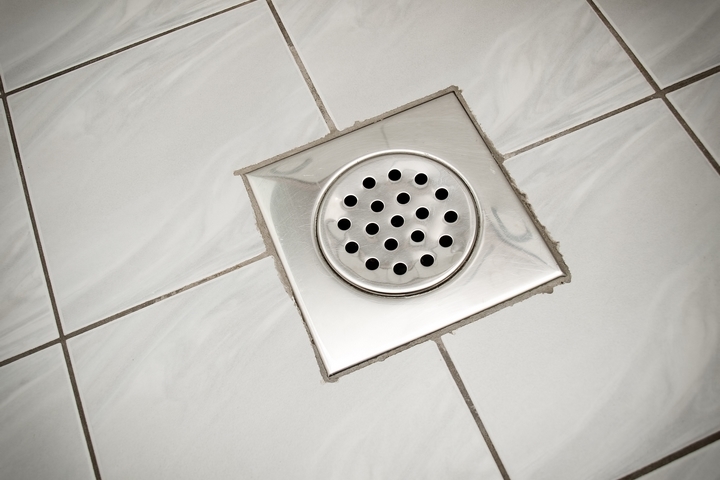
When you run your washing machine, you may notice that water comes up in the drains in the shower or bathtub. You may also hear gurgling from the toilet bowl. This is a sign that water is struggling to leave your property through the plumbing and that it’s backing up in the sewer piping.
The likely cause is the main drain line is clogged. A plunger is going to do nothing. A plumber will be needed to clear and clean your drains.
7. Damaged Drain Pipes
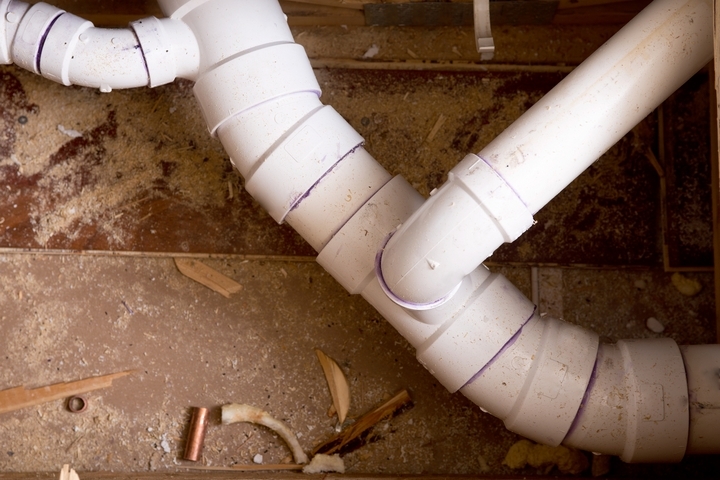
Like any piping, drain pipes can damage over time. Old age, wear and tear, and general inevitable failure for old pipes means they need to be replaced at a certain point. A home’s foundation or tree roots can restrict the flow through the drain lines by damaging the pipes.
Unfortunately, a homeowner is unlikely to diagnose this as a cause or symptom. However, an inspection by a plumber or if you know you’re living somewhere with older pipes can all support the likelihood that your toilet is indeed blocked and provide guidance on how to fix it.
8. Weak Flow of Water
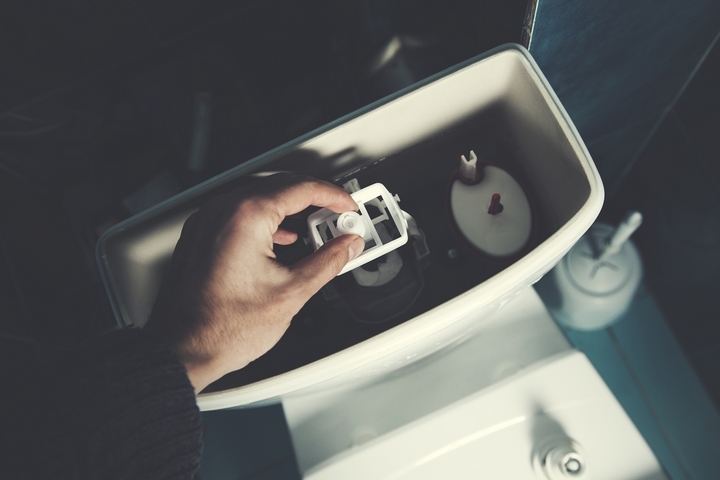
Low-flow toilets have become very popular in homes and businesses everywhere to save water. There is nothing inherently wrong with a low-flow toilet. However, a malfunctioning toilet of this type can easily mean your flush is not getting enough power behind it.
Unfortunately, low-flow toilets are easily clogged when less water pushes the waste down the drain pipe. Sometimes, fixing the toilet can help the problem and other times, a new toilet will need to be bought.

